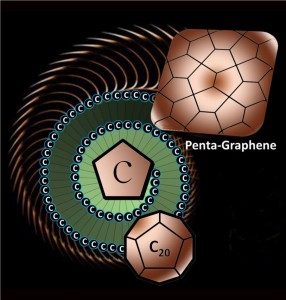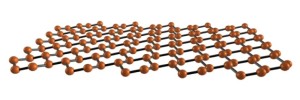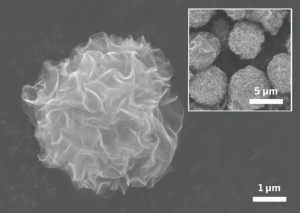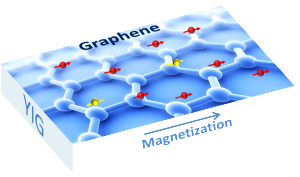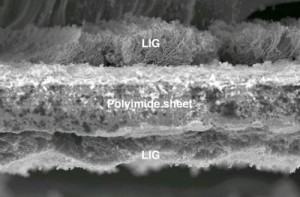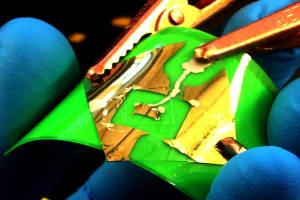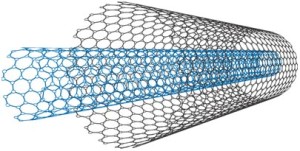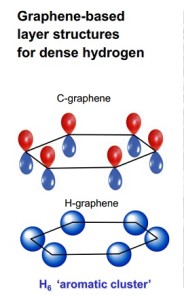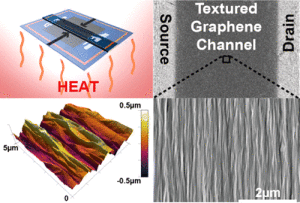
The researchers are also investigating the textured graphene surfaces for 3D sensor applications.
Image: Nano Letters
The infamous wonder material is becoming even more wonderful with this new development from the University of Illinois at Urbana-Champaign (UIUC).
Scientist from UIUC have developed a novel process to transform flat graphene from 2D to 3D with a simple and commercially available single-step process. The process uses thermally activated shape-memory polymer substrates to texture the graphene and “crumple” it to give it an increased surface space.
With the easy of this process and the increased surface space of the material, there is a potential for electronics and biomaterials to advance at a much faster rate.


